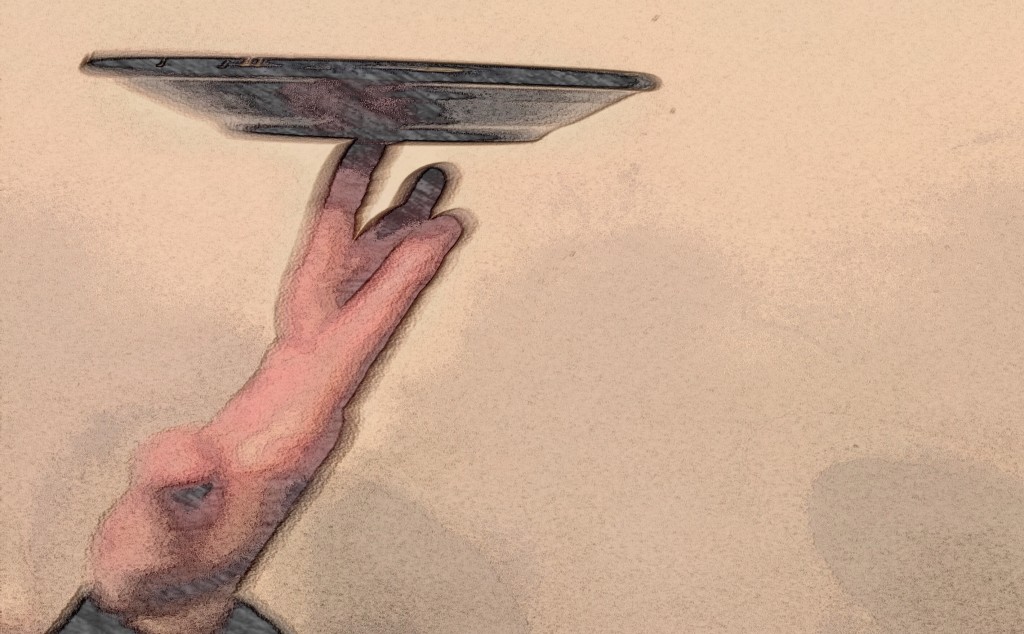Most people start investing in real estate to earn “passive income”. The idea is simple: buy a home, rent it out, collect checks in your mailbox each month.
Boom! Passive income!
That’s one of the reasons I invested in real estate in the first place.
However, this isn’t completely true for the DIYer. Here’s how my first month went as a landlord….
We bought a property that needed some serious TLC. Since we were just getting started, we couldn’t afford to hire someone else to make the repairs. So I worked at my regular job during the day and worked on my property at night. It took 6 weeks to make the repairs, re-paint, and completely clean up. Imagine 6 weeks of waking up at 6am to go to work, finishing at 5pm, being at the property doing physical work by 6pm, not stopping until midnight, and collapsing into bed by 1am. Weekends are the same schedule except it’s all at the property.
This clearly was not passive. To make matters worse, during that time there was no income, just lots of expenses!
However, we eventually finished the repairs and rented it out. The next month was amazing. Our tools stayed in the garage and each night ended with a movie on Netflix. Then at the start of the next month we received a check for doing zero work. Now that’s passive!
So to say real estate investing produces passive income is incomplete and clearly not true in my common story above. Instead, real estate investing produces what I call Gyroscopic Cash Flow.
Spinning Plates
Gyroscopes stay upright by themselves (with no extra effort from you) because they spin. A classic gyroscope for kids are Tops. You give them a spin and they stay upright automatically (or for you nerds, because of Angular Momentum, but let’s not ruin the analogy). Let’s look at that closer: You give them a spin by applying effort … and then they stay upright automatically with no more effort of your own … for a little while … and they eventually fall unless you give them another spin.
Another classic example of gyroscopic proportions are spinning plates. I went to Disney World one time and experienced the magic of spinning plates up close and personal. In this video, watch that first plate very carefully. How long does it take to stabilize the first plate before he moves on to the second plate? Then how often does he go back to the first plate? Does it take as much effort to keep it spinning?
It’s a fun video and hopefully the lessons are intuitive. The first plate takes a while. First off, lots of mistakes are made at the beginning as I keep handing him the wrong thing. That’s the learning curve. He also has to deal with people watching him that don’t fully trust him yet. Once it’s going, he can focus on other activities, like spinning another plate (or his regular job). Eventually the plate does slow down and he needs to put more time and focus to spinning it again, but not nearly as much as initially.
Man, if only I could interpret poems this well when I was in 6th grade!
Gyroscopic Cash Flow
This is the nature of a Professional DIY Landlord. There will be months when you will be intensely involved with your investment. There will be other months when it is completely running on it’s own. And most months when it takes a few hours of your time during the week. It’s gyroscopic in the sense that each time you put in work, it’s to make the investment spin off cash all by itself again.
When it was 9pm in the middle of the 4th week, that’s what kept me going. I knew that I was at the beginning push phase of a gyroscopic investment. I knew that eventually it would become vacant again and I would have to work some more on it, but until then it would be a passive investment.
A Professional DIY Landlord works hard today to reap gyroscopic rewards later
As a fellow landlord there are two things to take away.
First, accept that your investment is gyroscopic by building time into your schedule to actively manage your property. This means, for example, you don’t put off a repair because of the time involved to fix it – it will just become worse and require more time later.
Second, when you’re actively working, adopt the mindset that you’re working towards making your property passive again. When you’re deciding whether or not to do something ask yourself, “Will this create more or less work for me in the future?” Your goal should be to work on things that create less work for yourself in the future.

